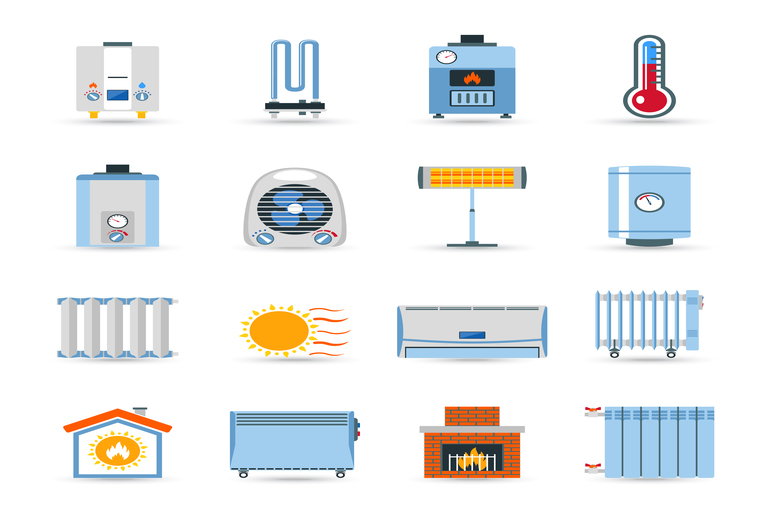
Do you love the winter season? If not then you might need this gadget that is going to keep you warm up. As we know fire was an important discovery made by human being. Several thousand years ago, a fire in the cave may have allowed our ancestors the chance to survive the cold seasons. Many years later, fireplaces and wood stoves would help to keep our home warm and cook our food effectively. That’s how fire has taken an important role in human society. Today we are explaining a gadget that keeps you warm to tackle snowy winter seasons. This is Room Heaters. So, what is this, and how it is working? Let’s find out.
Types of Room Heaters:
Its name is self-explanatory. This heater generally takes power from mains 110 to 220 volts and generates heat energy. Room heaters work on various principles or technology based on their types. Some important room heaters are described below:
- Convection heaters
- Fan forced heaters
- Infrared heaters
- Michathermic panel heaters
Convection Heaters:
A convection heater utilizes convection to transfer heat via the movement of liquid or gas. A convection heater works similarly to a convection oven and is a little bit different from radiant or conduction heating, as it relies on the movement of air. Primarily it relies on the properties of air to rise when it is warm and fall when it cools. The heat can be regulated through the movement of liquid or oil and this regulation is made by an on-device thermostat. The main virtue of this heater is that it is low maintenance and does not need cleaning on regular basis as well. These haters are great for bedrooms but if you are looking for a heater that rapidly heats up the space then it is not the right option because convection heaters spread heat slowly.
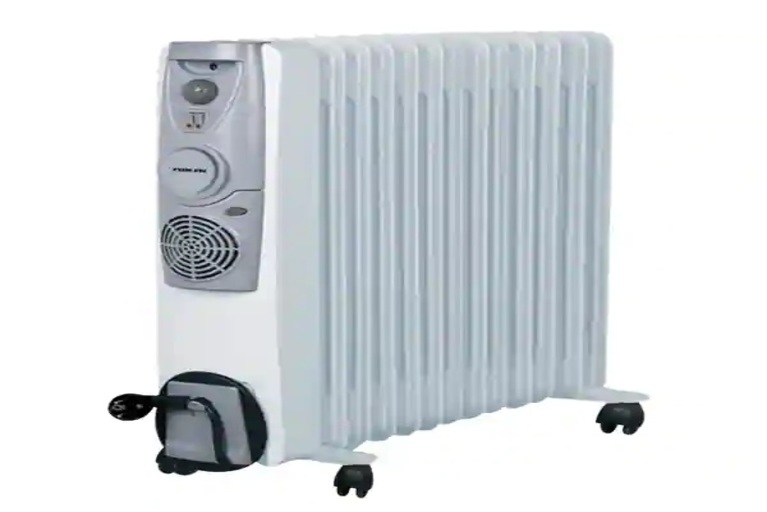
Convection room heater
Fan Forced Heaters:
If you cannot wait to heat up your room by slow convection heater then you may like a heater. The fan-forced heaters heated rooms very fast. They combine an internal heating element with one or more fans that circulate warm air around the room. Fan forced heaters are versatile, in some models they include oscillation, remote control, multiple fan setting, and temperature control by using digital thermostats etc. These heaters are not only good for bedrooms but also suitable for big size rooms as the dining hall. As a matter of safety for kids and pets, they are proving themselves. Fan forced heaters are safer than convection heaters.
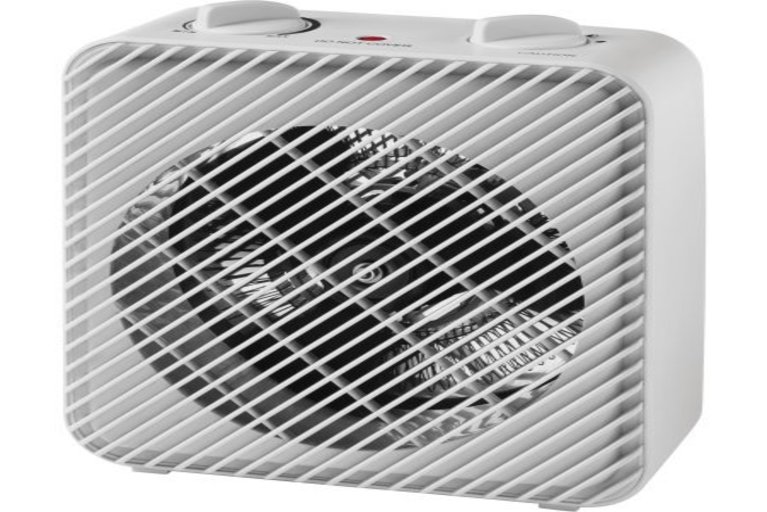
Fan forced room heater
Infrared Heaters:
In the spectrum of light, some parts generate heat. This is the infrared section of the light. Infrared heating has been around since the beginning of the earth. The best-known source of infrared heater is the sun which makes even cold winter days warm.
The infrared heater emits short wave infrared radiation to make your room warm and comfortable. This is perfect for those how need instant and quick heat since they offer direct heat. They are energy-efficient and silent in working. Generally, it contains an infrared generating lamp or element with a reflector.
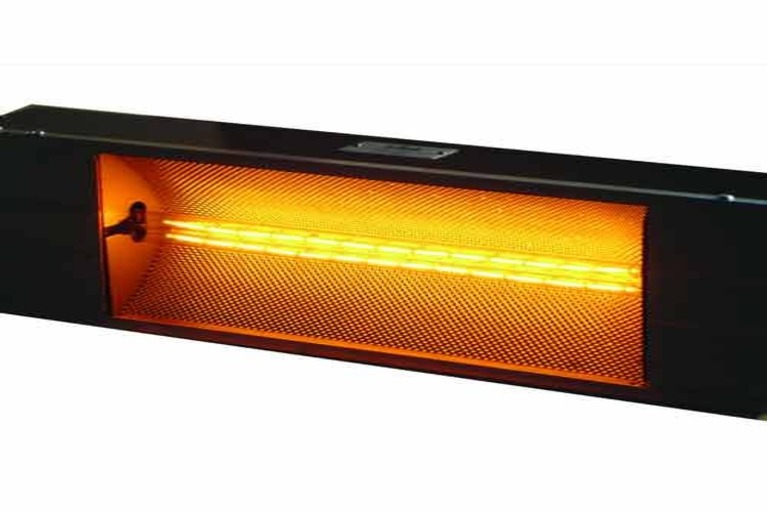
Infrared room heater
Michathermic Heaters:
Micathermic room heaters are completely different from other room heaters because they do not have any blower or fan to blow the warm air. A convection heater contains a heating element and fan. Whereas a Michathermic heater contains a powerful heating element surrounded by several layers of mica sheets. This heating element is more powerful than the one used in normal heaters. The surrounding of the heating element is a stone (layers of mica sheet) that conducts heat. Mica is the most important component of this heater and it is responsible to relay heat to different areas in the room. When a mica plate gets heated to a certain temperature it starts radiating electromagnetic waves. These waves, in turn, heat up the entire room. This heating effect is similar to sunlight in the room. The main benefit of these rays is that they heat up the room faster than most space heaters. As the rays heat up all the objects in the room, the ambient air gets warm enough to keep the surroundings pleasant.
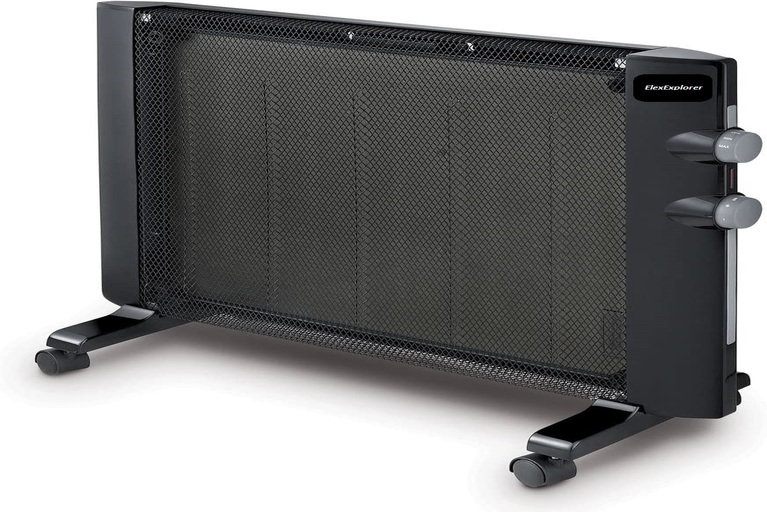
Michathermic panel heater
Engineering Inside Room Heaters:
Every room heater has some common components to work them properly. These components are given below:
- Thermostat
- Heating element
- Power controller
Thermostat:
We all know that thermostat is a vital component in temperature sensing devices. Based on the ambiance temperature thermostat makes the decision to regulate the heat inside the room. For more details about thermostats, you can follow our article how does a home thermostat work?
Heating element:
Most of the heating elements of room heaters are made of Nichrome. It is a mixture of nickel (60 percent) and chromium (40 percent). Nichrome is resistant to heat and corrosion in water, and when heated, it forms a thin layer of chromium oxide that makes it practically immune to oxidation. Most notably, Nichrome is highly resistive, causing it to heat up events when exposed to a small electrical current.
Power controller:
It is a separate power controlling and regulating unit in room heaters. As per its name it controls the current flow inside the heating element to change the heating effect of the heater. Whenever main power gets fluctuation then this controller maintains the consistency of the current in the heating wire.
Can We Use Any Room Heater?
In the market several types of room heaters are present and every heater has some limitations. If you are planning to buy a room heater then you should need to take care of a few points:
- There should be a heat setting option to change temperature according to the outer ambiance. A single heating control will require you to switch the heater ON and OFF quite frequently.
- Low wattage consumption.
- For very cold areas, the heater should have more heating elements. More number of heating elements heats the room faster.
- The room heater should be portable so that it can be moved to require location of the room.
- A safety grill should be present to protect people, children, and pets from getting burnt.
Applications:
As we know room heaters are used to heat a small space and are normally portable or fitted to a wall. Many of them use mains power or electricity to generate heat. The room heaters are convenient appliances that provide focused and localized heat which is suitable for people inside the room. While using the heaters we should need to be cautious. By using some of the latest designs you can choose the amount of generated heat.
Thanks for reading. See you soon with another exploration!

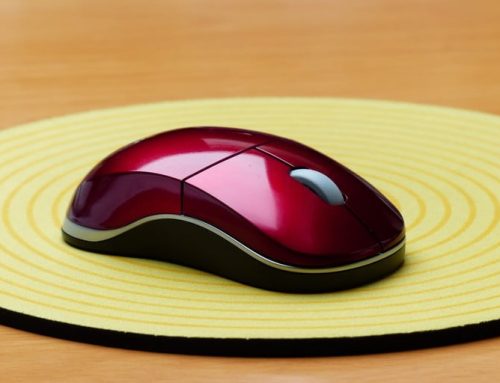
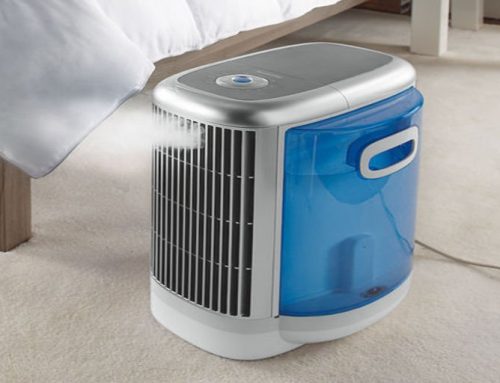
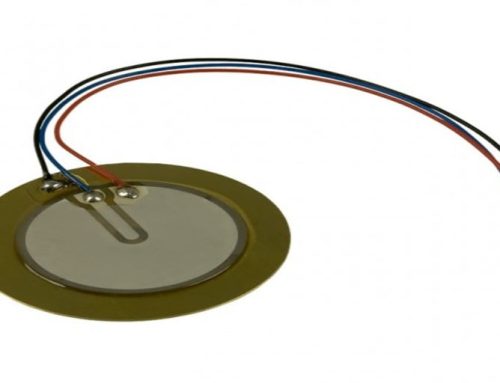
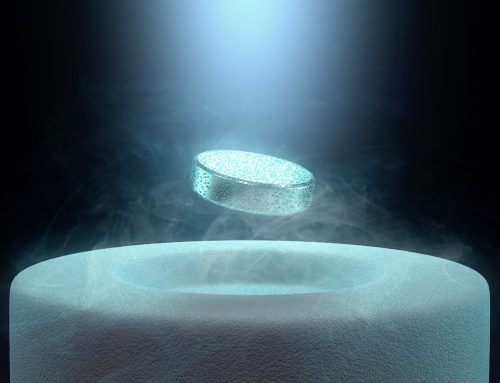

Thanks for sharing your research. We live in a cold climate, so any information on heaters is welcome!
It is really amazing post with very helpful information. Thank you very much for writing great information about the heating.
[…] copper pipe at the inlet and the outlet to the water heater and also closed to the rear face of the electric heating element. The sensors detect the inlet and outlet water temperatures and send control signals […]